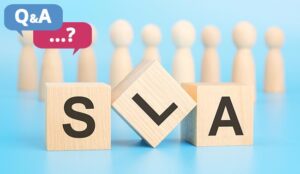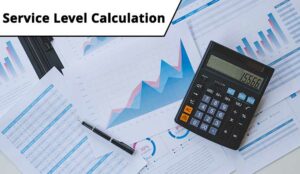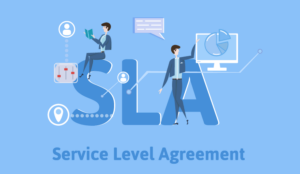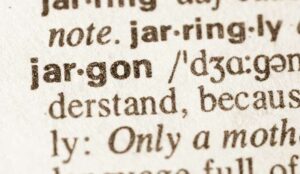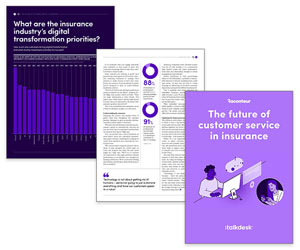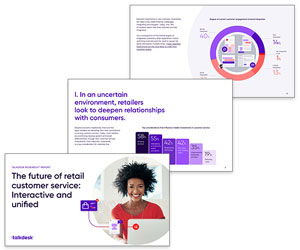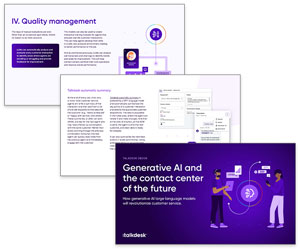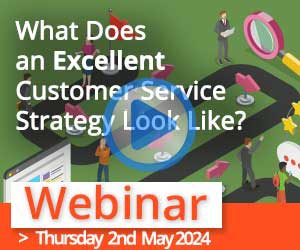Ensuring your service levels meet expectations is one thing, but when it comes to high-value customers, should your approach be different?
One of our community members reached out to our network of industry professionals for insights on this:
“What Service Level do you set for calls? Is it different for VIP clients?”
5 Ways Contact Centres Manage SLAs for VIP Clients
We’ve collated the responses our industry professionals provided to give you an idea on how contact centres are managing Service Levels for VIP customers:
1. Contract-Based Service Levels
The difference in service levels for regular and VIP clients depends on what is outlined in your contract. Factors like call volume, average handling time (AHT), and call complexity play a role in determining the appropriate service levels.
Your solutions architect should calculate these levels to ensure they align with your cost and pricing models.
Contributed by: Imad
2. VIP Queue Prioritisation Without SLA Changes
When it comes to service level agreements, the best approach depends on what delivers the most business value at the lowest cost. Some organisations prioritise VIP clients in the queue without altering their SLA, ensuring a faster response without significantly impacting overall service metrics.
For example, one approach is to maintain an 80% of calls answered within 60 seconds SLA while using VIP queue prioritisation to reduce wait times for high-value customers.
Others have worked with SLAs ranging from 70% in 30 seconds to 100% in 30 seconds, though the latter is difficult to sustain long-term. Rather than making drastic SLA changes, intelligent call routing can help balance the overall customer experience.
Ultimately, service levels should align with industry needs. While 80/20 is a common benchmark, it may not be suitable for critical sectors like emergency services, where immediate response is crucial.
Contributed by: Doug, Simon and Emir
3. Priority SLA Settings for VIP and Sales Calls
For VIP and sales-related calls, it’s common to set service levels at 90% answered within 20 seconds. This ensures priority handling and a better experience for high-value clients.
Contributed by: Mohammed
4. Adjusted VIP SLAs Based on Budget
A standard SLA might be 80% of calls answered within 20 seconds, but VIP clients often receive higher levels of service, such as 90% or even 95%, depending on the available budget.
Contributed by: Aleksandar
5. Use Average Abandon Times to Guide SLAs
Analysing historical data on customer abandon times can provide valuable insights when setting SLAs.
For example, if customers typically abandon calls at 120 seconds, a target of 50 seconds may be more appropriate.
Customer expectations have evolved beyond the traditional 80/20 rule, so businesses should adapt accordingly.
Contributed by: Matthew
This article was made possible due to the great community of experts we have at Call Centre Helper, to get involved just join our LinkedIn Community and and if you aren’t already make sure you are following us on LinkedIn to see our latest content.
If you are looking for more information on Service Levels, read these articles next:
- How to Calculate Contact Centre Service Level
- 14 Best Practices for Maximizing Your Service Level
- What Are the Contact Centre Service Level Standards?
Author: Robyn Coppell
Reviewed by: Hannah Swankie
Published On: 5th May 2023 - Last modified: 11th Feb 2025
Read more about - Call Centre Questions, Customer Service, Service Level





